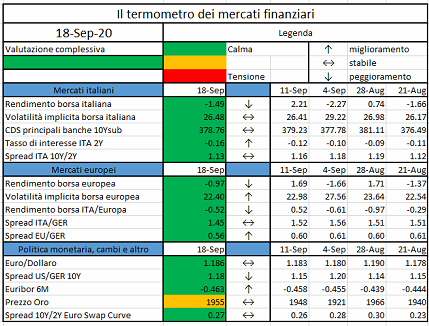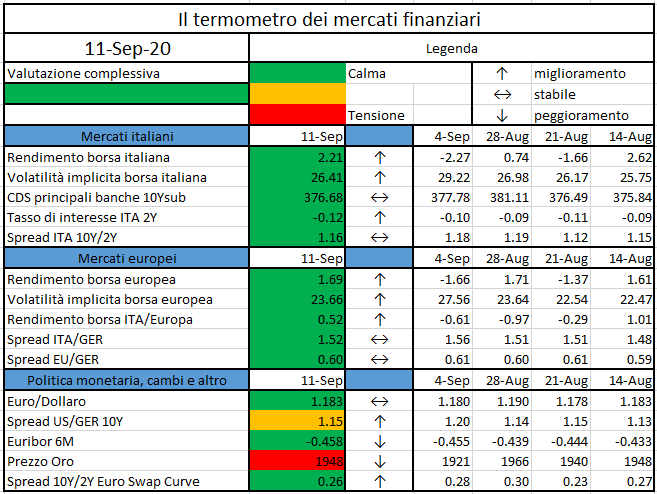Payments are one of the most exciting areas of technological innovation and a strong FinTech trend. Banks, card companies, and startups are busy developing new technologies to address the rapid market changes and evolving consumer trends.
The market is continuously rolling out new solutions and schemes, while regulators are working toward guidelines to reduce the threats of the growing ecosystem of payment solutions (e.g. PSD2 strong customer authentication requirements). This joint effort is geared at making such payments easier and faster and, at the same time, more secure for banks, merchants, and their customers as we can see from some of the most innovative topics on which the market is focusing his efforts:
- PSD2 / open banking: Banks are now ready, the regulation pushed the PSPs to adapt and the first TPPs are establishing themselves on the market in addition to the 4 ^ part service models (eg Fabric with AISP and PISP “as a service”);
- Instant payments: a reality in Europe, the scheme counts 2.272 [1] payment service providers members: 56% of European PSPs;
- Mobile initiated SCT: the EPC [2] has decided in 2018 to facilitate an ad-hoc multi-stakeholder group (MSG) covering the various sectors involved in the mobile payment ecosystem to address interoperability of Mobile Initiated SEPA Credit Transfers, including SCT instant, while leveraging the relevant documentation developed in standardization and industry bodies;
- Request to pay: EBA announced [3] on 23rd June the start of the testing phase for the pan-European request to pay which is scheduled to go live in November 2020 in line with the launch of the SEPA Request to Pay Scheme by the European Payments Council;
- New European Payments Initiative: The ambition of EPI is to create a unified pan-European payment solution leveraging Instant Payments/SEPA Instant Credit Transfer (SCT Inst), offering a card for consumers and merchants across Europe, a digital wallet and P2P payments. The solution aims to become a new standard means of payment for European consumers and merchants in all types of transactions including in-store, online, cash withdrawal and “peer-to-peer” in addition to existing international payment scheme solutions.
- FATF Travel Rule: The FATF Travel Rule is an update to the existing FATF Recommendation 16, which concerns cross-border and domestic wire transfers. The update is intended to address the AML/CFT challenges associated with the increasing global use of cryptocurrency and to help law enforcement agencies better track criminals who use cryptocurrency to launder money.
But about the future of payments? What will be the innovation that will determine the next breakthrough?
Massive personal data breaches and identity fraud continue to occur on a regular basis. Users still have to deal with registration procedures before they can enjoy digital payments services and countless passwords while using them. At the same time, governments suffer from poor online acceptance, and merchants experience high fraud costs.
There are several signs that shows how key players in the payments industry started from the objective to provide a seamless and secure payment experience and worked backward on the technology needed provide it: by combining payments solutions and ID.
At the recent Money2020 Europe conference in Amsterdam, there was universal acknowledgement of the need for a comprehensive form of digital identity to enable digital payments. A functioning digital ID scheme in Western markets would also fight fraud and allow global players to overcome interoperability issues with national schemes, making real the payments dream of “anywhere, anytime, any place – over any device.”
Many European countries, and an increasing number of Asian and Latin American nations, have adopted national “bank ID”, for example:
- Sweden that included, in their strategy for the rollout of a national instant payment solution (SWISH), a bank issued e-identification for payers and payee to easily receive and send payments, achieving over 7 Million users, over 10 Million population
- China, where WeChat and Alipay on top of providing payment services through smartphone apps are in the process of incorporating digital ID into their payment systems, opening up the possibility of getting rid of the ID cards that are necessary for so many parts of Chinese society, not just ecommerce.
- Norway, where Bank ID, a digital identity card can be connected to the main Norwegian banking circuits, allowing users to combine digital identification with the home banking account
- Belgium where EID, the digital identity card issued by the Government, integrates with ITSME the mobile application by Gemalto, which allows, in compliance with SCA and GDPR , to make payments on circuits of BNP Paribas, Fortis and ING
On top of that, device manufacturers (e.g. Samsung, Apple) already took the role of authentication and authorization providers in our payment and banking experience in terms of “biometric authentication”.
Is digital identity the missing piece of the puzzle that will enable the next generation of payments? We believe so, ant this are the four reason why:
- It is an effective way to mitigate the impact of frauds
At the moment, authorization and authentication means are seen as an element of trade-off with a sleek customer journey. Some payment providers are giving consumers quick and easy ways to pay and are accepting the fraud and loss of income that comes with it; others are investing in strong authentication means to reduce the risks of fraud.
By merging payments with ID and removing the abilities of fraudsters to steal people’s identity online, payment providers can not only combat the fraud that loses them money but also continue to offer the full range of payment solutions that customers enjoy.
- It is the natural evolution of e-wallets
E-wallets are the fastest growing area in payments, as the digital replica of your real wallet, they already contains several payments instruments and loyalty instruments. As you might guess, another key element inside our real wallet are ID documents, used to prove your identity in the real world.
It’s a natural evolution for e-wallet to be able to support a bank issued identity that can be used not only nationally (as most solutions available now are) but with a broader scope.
We believe that your E-wallet in the future will provide you with an easy means to either pay or authorize / identify yourself on a third party premise
- It could represent the role of banks in a global digital world
Incumbent banks are struggling to identify their role in the value chain in a world filled with neo banks and startup that are offering fast and convenient.
Historically the bank vault contained money, and value, and gold, in the future we believe that it will contain information’s, like the customer KYC, personal data, payment data, on top of their actual balance.
Additionally, consumers, according to our survey are seeing banks as the most trustable party to hold their digital ID.
Therefore, incumbent banks could reposition themselves in the value chain and be not only issuers of payment instruments but issuers of digital identity.
- It’s in line with the payment service directive regulators vision
The second payment service directive (PSD2) is based on the founding vision that banks are a custodian of a customer bank account and payment instruments, but the ultimate owner of the underlying data and feature is the customer itself. This is why the PSD2 mandated the open banking concept: to break down barriers for payment accounts so that the user can use it where and how he wants.
The same concept could be applied to customer Authentication or authorization trough strong customer authentication to identify itself through a bank issued ID to third parties, or to passport it’s KYC values for a smart and easy onboarding.
Conclusion
By connecting payments and identity under the latest principles of strong customer authentication, the financial industry will enable a seamless customer journey for all the industries to enjoy. By collapsing identity and payments into a single concept every merchant, on top of being able to reliably understand “who the customer is”, will be able to effortlessly follow through all payment processing requests to schemes without having to understand “how the customer wants to pay”.
The race is open: who will be the first player in the financial industry to take the new role of digital identity and payment issuing provider?
Authors:
- Massimo Tonassi – Partner Deloitte Consulting
- Emanuel Doneda – Senior manager Deloitte Consulting
- Valentina Carenza – Manager Deloitte Consulting
- Alberto Comello – Senior Consultant Deloitte Consulting
[1] https://www.europeanpaymentscouncil.eu/
[2] https://www.europeanpaymentscouncil.eu/what-we-do/other-sepa-payments/sepa-goes-mobile/ad-hoc-multi-stakeholder-group-mobile-initiated
[3] https://www.ebaclearing.eu/news-and-events/media/press-releases/23-june-2020-timely-start-of-test-phase-for-pan-european-request-to-pay-infrastructure-service-of-eba-clearing/






